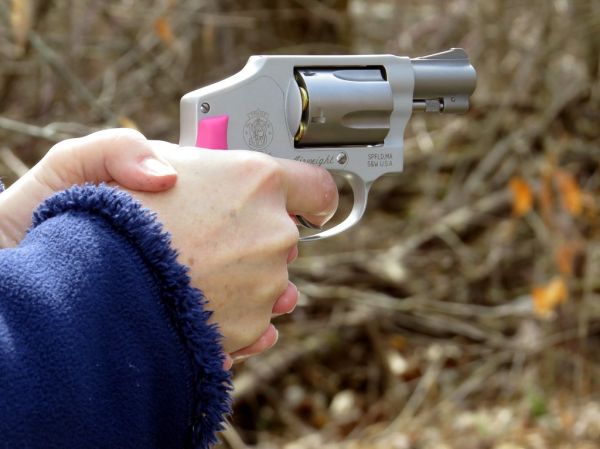How Many Db Do Earplugs and Earmuffs Reduce?
Imagine you’re in a noisy rock concert venue, and the decibels are pounding at your ears. You reach for your trusty earplugs and earmuffs, wondering just how much sound they can shield you from. The reduction in decibels provided by these protective gear is crucial, but do you know exactly how effective they are in preserving your hearing health? Let’s unravel the mystery of how earplugs and earmuffs work in tandem to safeguard your ears from harmful noise exposure.
We are supported by our audience. When you purchase through links on our site, we may earn an affiliate commission, at no extra cost for you. Learn more. Last update on 7th July 2025 / Images from Amazon Product Advertising API.
Decibel Reduction by Earplugs
When properly inserted, earplugs can effectively reduce noise levels by up to 33 decibels according to their Noise Reduction Rating (NRR). The NRR is a crucial indicator of the potential noise reduction capability of earplugs, with values typically ranging from 20 to 33 decibels. A higher NRR signifies a greater capacity for noise reduction, meaning that earplugs with an NRR of 33 dB can potentially decrease noise exposure by 33 dB when worn correctly.
Proper fitting of earplugs is essential to ensure optimal noise reduction in various environments. When earplugs fit snugly in the ear canal, they create a barrier that helps block out unwanted sounds effectively. This proper seal is pivotal in maximizing the potential noise reduction offered by the earplugs. Combining earplugs with earmuffs can yield even higher levels of noise reduction, providing enhanced protection in extremely loud environments.

Earmuffs’ Decibel Reduction Effectiveness
Earmuffs demonstrate an effective reduction in noise levels ranging from 15 to 30 decibels, with their Noise Reduction Rating typically falling between 20 and 30 decibels. Higher NRR-rated earmuffs provide greater noise reduction capabilities, making them ideal for use in high-decibel environments where noise exposure can be detrimental. Properly fitted earmuffs offer consistent and reliable decibel reduction for hearing protection.
When considering earmuffs for noise reduction, it’s essential to understand their Noise Reduction Rating (NRR) and how it correlates with their effectiveness. Higher NRR-rated earmuffs generally indicate better noise reduction capabilities, providing a more significant reduction in decibel levels.
Earmuffs are particularly useful in environments with high noise levels, where protection against loud sounds is crucial for preventing hearing damage. Their ability to reduce noise levels by up to 30 decibels makes them a valuable tool for individuals working in noisy environments or engaging in activities where loud noises are prevalent.
Comparative Decibel Reduction Analysis
How significantly do earplugs and earmuffs differ in their decibel reduction capabilities? Earplugs are typically rated with a Noise Reduction Rating (NRR) that can reach up to approximately 33 decibels, offering substantial noise reduction. On the other hand, earmuffs generally provide noise reduction in the range of 20-30 decibels, depending on the specific make and model. When looking at these figures, earplugs tend to offer a potentially higher decibel reduction compared to earmuffs. However, it’s essential to note that combining earplugs and earmuffs can create a more comprehensive approach to reducing noise exposure, thereby enhancing overall protection.
To calculate the actual decibel reduction achieved by earplugs or earmuffs, a formula incorporating the NRR is utilized. This formula takes into account the NRR of the hearing protection device to provide an estimate of the noise reduction in decibels. By wearing earplugs or earmuffs correctly, individuals can effectively decrease noise exposure to safer levels, thus guarding against potential hearing damage. Understanding the differences in noise reduction capabilities between earplugs and earmuffs is crucial for selecting the appropriate hearing protection for specific environments and ensuring optimal safety and protection against harmful noise levels.

Understanding Noise Reduction Levels
To comprehend the effectiveness of noise reduction levels in ear protection devices, understanding the Noise Reduction Rating (NRR) is essential. The NRR rating indicates the maximum number of decibels of noise that a specific ear protection device can reduce. When considering earplugs and earmuffs, each has its own NRR rating which directly correlates to its noise reduction capacity. Here are three key points to help you understand noise reduction levels better:
- NRR Rating Significance: The NRR rating is a standardized measure used to represent the effectiveness of earplugs and earmuffs in reducing noise levels. The higher the NRR rating, the greater the noise reduction capability of the device.
- Combined Use Advantage: Combining earplugs and earmuffs can lead to a cumulative effect on noise reduction levels. Using both simultaneously can provide a higher level of protection compared to using either device alone.
- Selection Importance: In a noisy environment, selecting ear protection with an appropriate NRR rating is crucial. Understanding the NRR ratings of earplugs and earmuffs is vital for choosing the right level of noise reduction based on the noise levels present.

Maximizing Decibel Reduction Efficiency
Maximize the efficiency of decibel reduction by properly utilizing earplugs and earmuffs in noisy environments. Hearing protectors, such as earplugs and earmuffs, are essential tools in reducing noise exposure and safeguarding against noise-induced hearing loss. Understanding the Noise Reduction Rating (NRR) of these protectors is crucial for maximizing their decibel reduction efficiency.
For instance, an earplug with an NRR of 33 dB can potentially reduce noise exposure by approximately 16.5 dB, while earmuffs with an NRR of 27 dB may reduce noise exposure by around 13.5 dB. By combining earplugs and earmuffs, you can achieve even greater noise reduction, with the overall reduction potentially increasing by up to 5 dB above the higher NRR-rated device.
To ensure optimal protection, proper wearing of earplugs and earmuffs is key. This involves correctly inserting earplugs to create a tight seal in the ear canal and ensuring earmuffs form a snug fit over the ears. By following the manufacturer’s guidelines on how to wear these hearing protectors correctly, you can effectively protect yourself against excessive noise exposure and the associated risks of noise-induced hearing loss.

